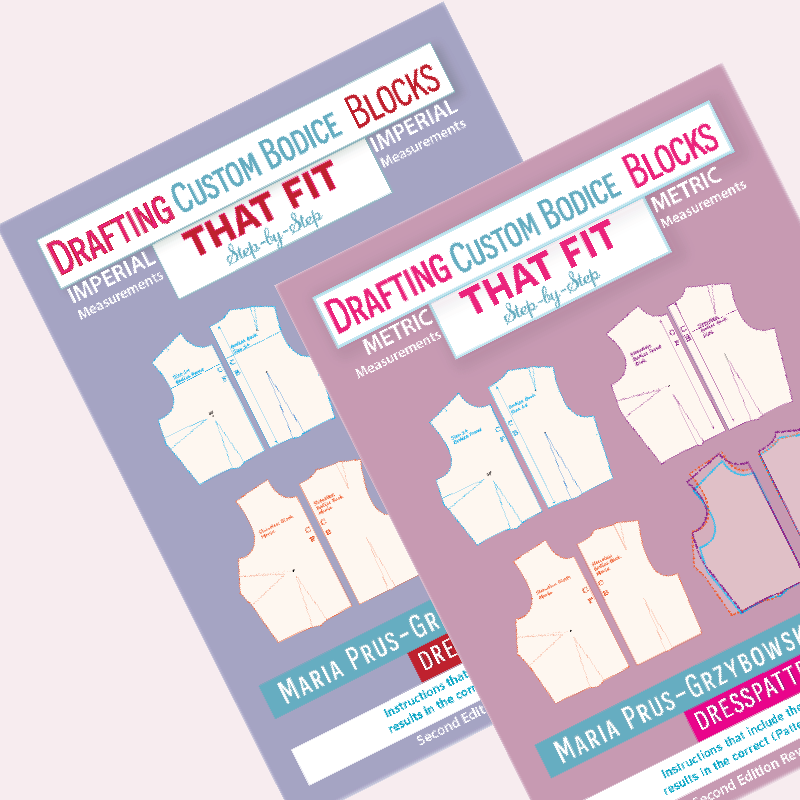Principles of Patternmaking

The pages in this menu include articles that give an introduction to patternmaking as well as the three main principles. Each of these menu items have sub-menus; use the Breadcrumbs near the top of the page, above the title, to get back to this main page.
The Context
The Overview pages covers the patternmaking process and gives the context and background of how the principles are used to make patterns. There are no exercises or step-by-step examples in those pages, it is general information about the patternmaking process, and is essential for beginners.
Theory & Practice
The Principles pages contain information about the three main principles:
- dart manipulation
- added fullness
- contouring
... and step-by-step examples of how they are applied. You need to have a firm understanding of these principles before attempting to make your own patterns. In the Manipulating Darts pages there are plenty of examples with step-by-step directions, you should follow along with a few to begin with, but start doing them yourself, without referring to the instructions supplied, referring to the example when you've finished to compare and check. You should do as many examples as it takes to completely understand the theory.
Practicing Making Patterns Third Scale
Once you have a good understanding of these three principles, you can then start making patterns. It would probably be a good idea to to make some patterns third scale, purely for practice. You can download a set of Third Scale Blocks here. You can use these third scale blocks for: doing exercises (e.g. pivoting darts), for following along with creating patterns on this website, and for testing yourself on how you would make your own patterns. Note that when doing
- doing exercises (e.g. pivoting darts)
- for following along with creating patterns on this website, and
- for attempting your own patterns third scale before attempting them full-scale.
The Principles Alone....
You will find that understanding the three principles alone may not enough to make any and every pattern; that is what the Elements pages are there for. You will probably need to refer to the Elements on an ongoing basis. For example; you might understand the principles of dart manipulation, added fullness and contouring but when you go to create a collar you realize you just don't know how to begin to do that. In these cases you look Collars under the Elements pages. Once you have created one or two collars, you may be able to work out collars by yourself from then on. A lot of the information in the Elements pages are just Applied Principles; e.g. creating a Puffed Sleeve is based on the Principle of Added Fullness, but as a beginner you may need to refer to the Puffed Sleeve page under the Elements menu, rather than testing it out yourself. Basically with the Elements, someone else has done the work of figuring out the best method to do it, so it saves you recreating the wheel.

